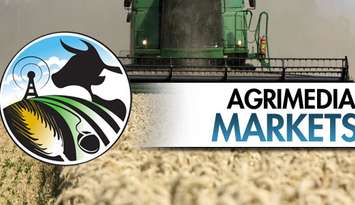After-tax median income in Canada rose in 2023 by 1.2 per cent to $74,200, from $73,300 in 2022.
That's once inflation is factored in.
Alberta and Ontario had the highest median incomes at $88,500 and $78,600 respectively. Incomes in Alberta rose 2.9 per cent and 1.4 per cent in Ontario.
Seniors saw their after-tax income rise 3.4 per cent from 2022, and 4.3 per cent for so-called "unattached seniors" to $34,400.
A new report from Statistics Canada also said the official poverty rate in 2023 was 10.2 per cent which is not statistically different from 2022 when it was 9.9 per cent or the 2019 rate of 10.3 per cent.
Racialized groups and the Indigenous typically experience higher poverty rates than the general population, and in 2023, it rose one percentage point to 14 per cent.
Specifically, 17.5 per cent of the Indigenous population lived below the poverty line.
Of those living with disabilities, 12 per cent lived below that line.
Food insecurity continues to rise in Canada. About 10 million people, or a quarter of the total Canadian population reported experiencing some form of food insecurity. That's up almost 1.3 million people from the previous year and it's the third consecutive annual increase.
The proportion of people who are marginally food insecure remained stable at 6.4 per cent, those who reported moderately insecure is 12.4 per cent, and 6.7 per cent of Canadians said they experienced severe food insecurity.






